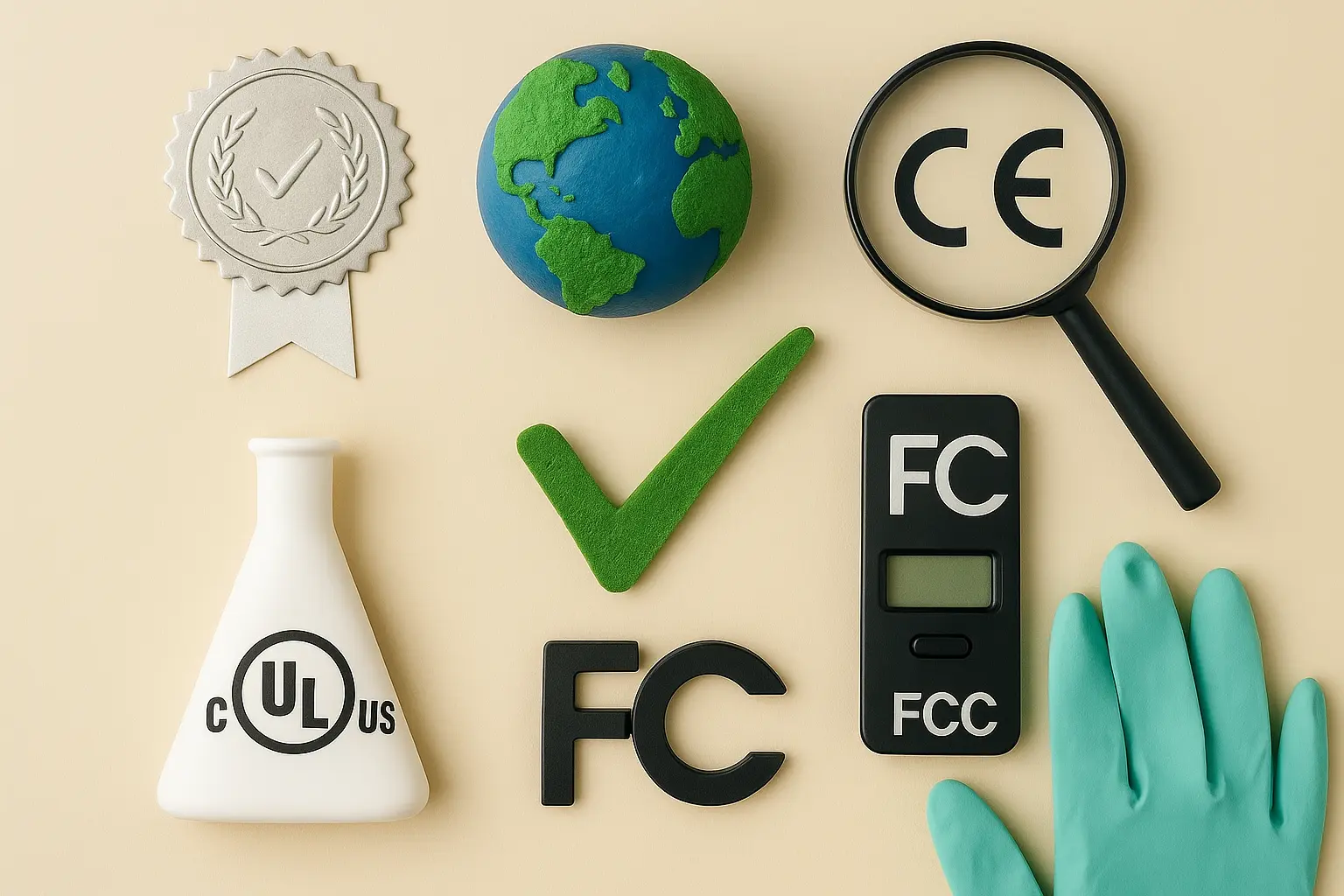Carbon Footprint Product Certification
The concept of carbon footprint has gained significant traction in recent years as awareness about climate change and its impact on the environment continues to grow. For products, establishing a robust carbon footprint certification ensures that they align with sustainability goals set by companies, governments, and consumers alike. This service focuses on providing accurate, reliable, and verifiable data regarding the lifecycle greenhouse gas emissions of your product. Our team uses international standards such as ISO 14067 to ensure compliance and transparency.
Our process involves a comprehensive approach that begins with collecting detailed information about all stages of production from raw material extraction through end-of-life disposal or recycling options. Once compiled, we utilize advanced software tools and methodologies provided by recognized bodies like the GHG Protocol to calculate the direct and indirect emissions associated with each stage.
The resulting carbon footprint figure is then used in conjunction with other sustainability metrics such as energy efficiency ratings or water usage indices to provide an overall assessment of a product's environmental impact. This information can be invaluable for marketing purposes, helping businesses communicate their commitment to reducing their ecological footprint while also attracting environmentally conscious customers.
To ensure accuracy and consistency across different products and industries, our laboratory adheres strictly to internationally recognized guidelines and best practices. By leveraging state-of-the-art technology and methodologies, we strive to deliver precise results that meet or exceed industry expectations. Whether you're a manufacturer looking to improve the sustainability of your offerings or an organization seeking to promote responsible consumption among end-users, our carbon footprint certification service offers valuable insights into how to reduce emissions throughout your supply chain.
Our commitment to excellence extends beyond mere compliance; we aim to foster innovation by encouraging companies to explore new ways of minimizing their environmental impact. Through our research and development efforts, we stay at the forefront of emerging trends in green chemistry and sustainable manufacturing practices, ensuring that our clients have access to cutting-edge solutions tailored specifically for their unique needs.
By partnering with us, you gain more than just a certification; you invest in a future where environmental responsibility is not only desirable but essential. Let's work together towards creating products that contribute positively to global efforts against climate change.
Scope and Methodology
| Stage of Product Lifecycle | Data Collection Methods | Emission Calculation Techniques |
|---|---|---|
| Raw Material Extraction | Supplier Questionnaires, Inventory Analysis | LCA (Life Cycle Assessment) |
| Manufacturing Process | Process Monitoring, Energy Audits | Detailed Emission Factors |
| Transportation | Route Surveys, Fuel Consumption Logs | Fuel Combustion Calculations |
| Sales and Distribution | In-Store Energy Audits, Transportation Records | Emission Factor Tables |
| Use Phase | Consumer Surveys, Usage Patterns | Energy Consumption Models |
| End-of-Life Disposal/Recycling | Collection Data, Recycling Facilities Reports | LCA and Recirculation Rates |
Customer Impact and Satisfaction
- Enhanced credibility with stakeholders
- Increased market share among eco-conscious consumers
- Better decision-making capabilities for product development teams
- Reduced risk associated with regulatory non-compliance
- Improved brand reputation and public image
Use Cases and Application Examples
- A company in the electronics sector aiming to reduce its carbon footprint across all stages of product lifecycle
- An automotive manufacturer striving to meet stringent emission reduction targets set by government regulations
- A fashion brand seeking to incorporate sustainability metrics into its business strategy while maintaining competitive pricing
- Producers looking for ways to differentiate their offerings in a crowded market by highlighting environmental responsibility as a key feature





